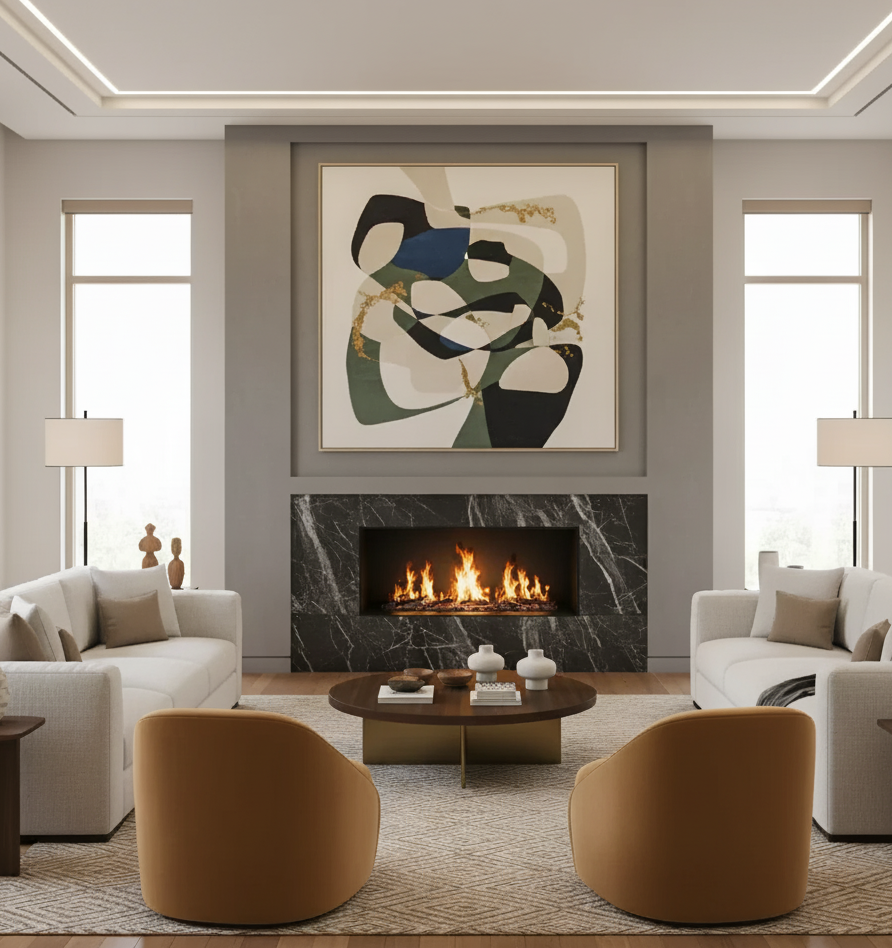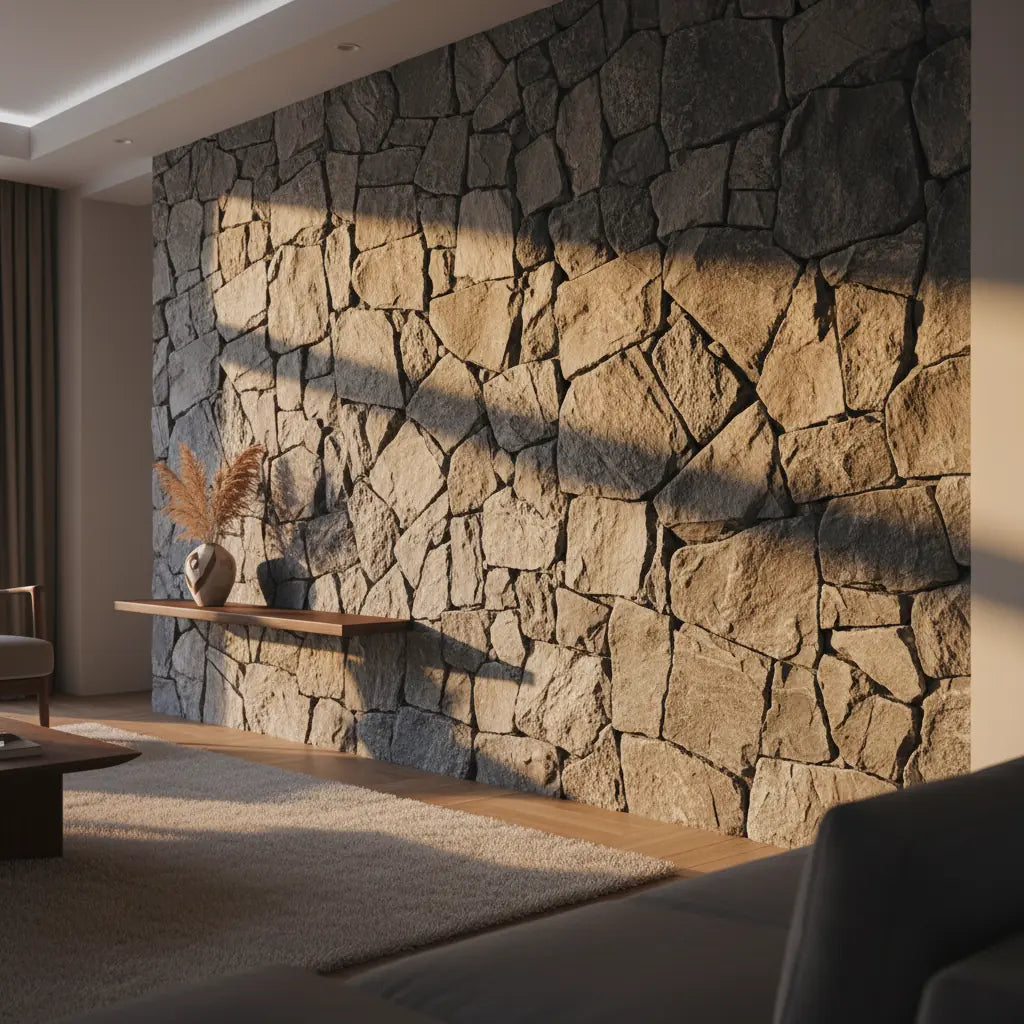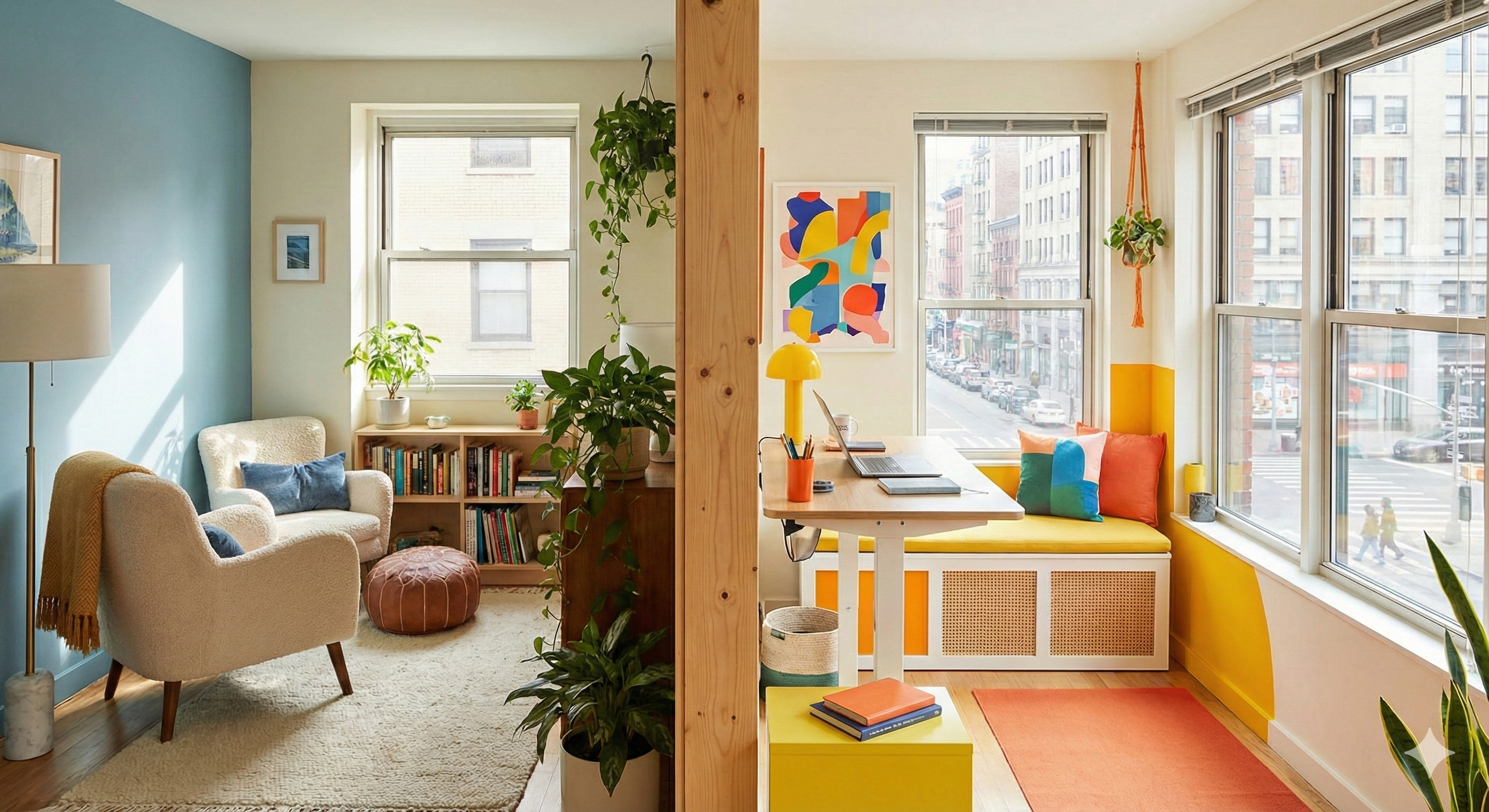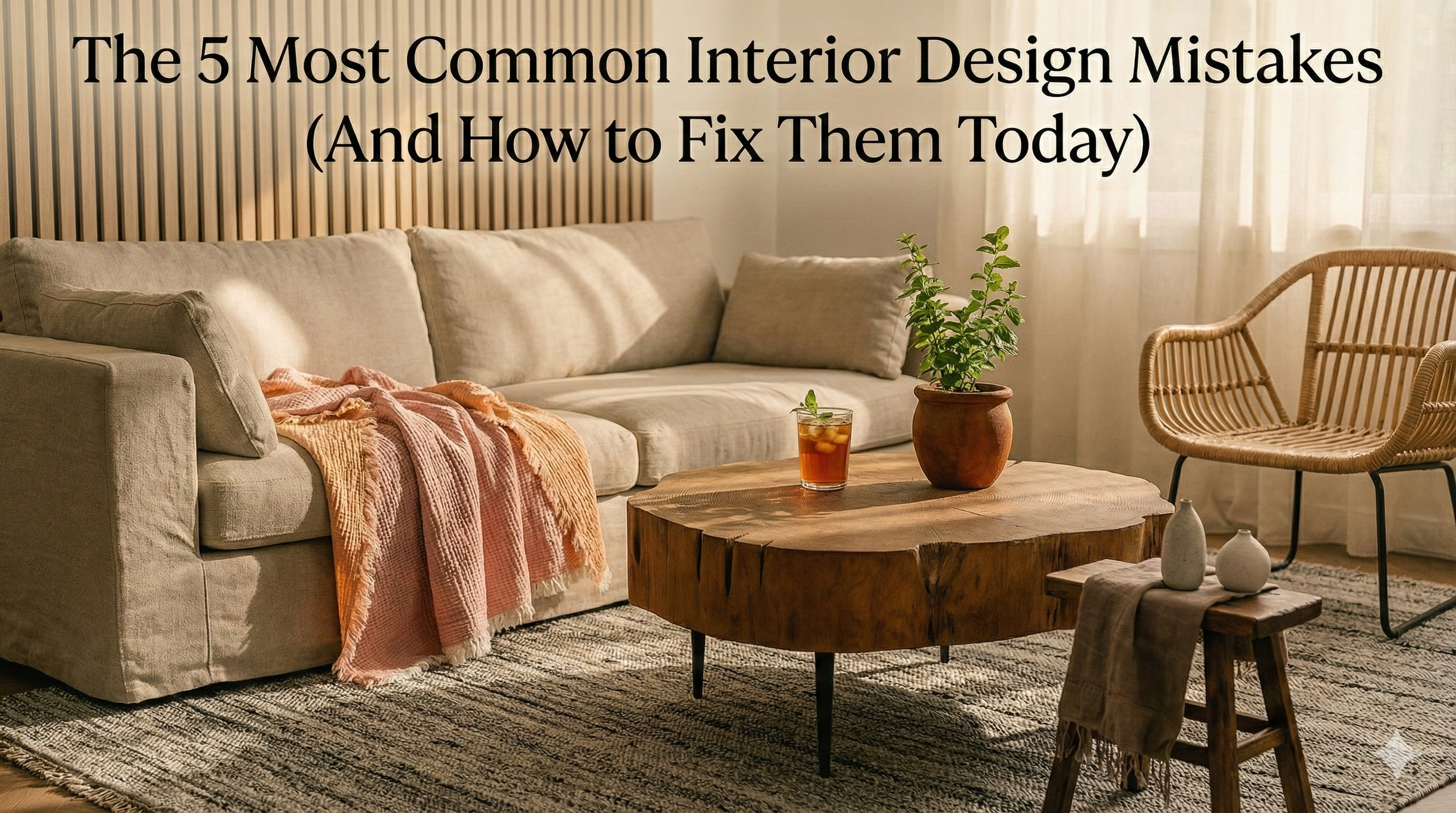What Is a Focal Point?

Every great room has one thing that stands out when you walk in – that's the focal point. It's the element that immediately captures your attention and sets the tone for the rest of the space.
A focal point could be an architectural feature like a fireplace or a large window, a bold centerpiece, a striking piece of art, or even a vibrantly colored accent wall. When designed effectively, it unifies the room and brings it all together in an exciting way, giving the space a clear purpose and preventing it from feeling bland or unframed.
How to Pick Your Focal Point

To choose the right focal point, start by considering the purpose of your room. In a living room designed for gathering, a fireplace or a gallery wall of family photos might naturally be the star.
For a bedroom, a peaceful piece of art or an inviting window view could serve this role. Crucially, select only one main feature to be the focal point. Having multiple competing elements will dilute their impact. Your chosen focal point should be visually dominant or more interesting than other items in the room, and positioned where it will be seen first upon entering. Learning about the selection and emphasis of a focal point in interior design can be very helpful here.
Making Your Focal Point Stand Out

Once you've identified your focal point, it's time to make it shine. Arrange your furniture so that seating and other elements naturally direct attention towards it.
For instance, if your fireplace is the focal point, arrange sofas and chairs to face it. Lighting plays a crucial role too; use spotlights or accent lamps to draw the eye to your chosen feature. Framing the focal point with complementary elements like shelves, plants, or decorative items can further enhance its importance, much like a frame highlights a piece of art. These supporting elements often tie into other design concepts, such as rhythm and repetition in the room.
The Secret: Using Contrast

Contrast is a powerful tool for making focal points pop. This principle applies across various elements, relating closely to the concept of emphasis in interior design:
Color Contrast: A dark sofa against light walls creates a strong visual difference that draws attention. For maximum impact, ensure the background colors are consistent. Learn more about the important beauty of contrast in decorating.
Texture Contrast: A soft, plush rug on a hardwood floor adds sensory interest and highlights the different materials.
Material Contrast: Metallic accents can stand out against dark wood, leveraging the inherent qualities of different materials – think warm wood versus cool metal.
Shape Contrast: A round mirror placed above a rectangular console table breaks up straight lines and guides the eye upward. Playing with different shapes, sizes, and orientations creates visual rhythm and emphasizes your focal point. Understanding how contrast adds the "wow" factor is key to creating wow moments in every room.
Your Step-by-Step Guide

To create your own stunning focal point, follow these steps, which cover the key step-by-step guide to creating a focal point in interiors:
Step 1: Start with what you have. Assess your room for existing architectural features or prominent elements that could serve as a natural starting point. This aligns with general focal point instructions.
Step 2: Support Your Focal Point. Arrange furniture, select colors, and use lighting to guide the eye towards your chosen feature. Remember, having only one focal point is key. Proper support helps achieve balance and harmony.
Step 3: Add Contrast. Make your focal point pop by incorporating elements of contrast – light against dark, smooth against rough, or round against square.
Step 4: Keep Everything Else Simple. Avoid overwhelming the space. The supporting elements and decorations should be calm and understated so as not to compete with your focal point. This ties into the broader idea of principles of interior design.
Quick Tips from the Pros

Here are some additional tips to make your focal point truly shine, many of which are emphasized in professional focal point tips for beautiful rooms:
Shine it: Use spotlights or directional lighting to draw attention to your focal point.
Expand it: In smaller rooms, the strategic use of contrast can visually enlarge the space.
Clear it: Give your focal point 'breathing room.' Ample empty space around it will make it stand out more effectively.
Transform it: Simple updates like paint or new finishes can elevate ordinary elements, like shelves, into standout features.
Make Your Room Shine
Creating a focal point with contrast is one of the easiest ways to make any room feel special. When you pick one feature to highlight and use contrast to make it pop, you create that "wow" moment everyone loves. Start by looking around your room today. What could be your focal point?
With these simple tricks, you can turn any space into something amazing. Your room will not only look better—it will feel better too. Remember: every great room tells a story. Your focal point is the beginning of that story. Make it count!
This is essential knowledge when learning about the elements and principles of interior design.






